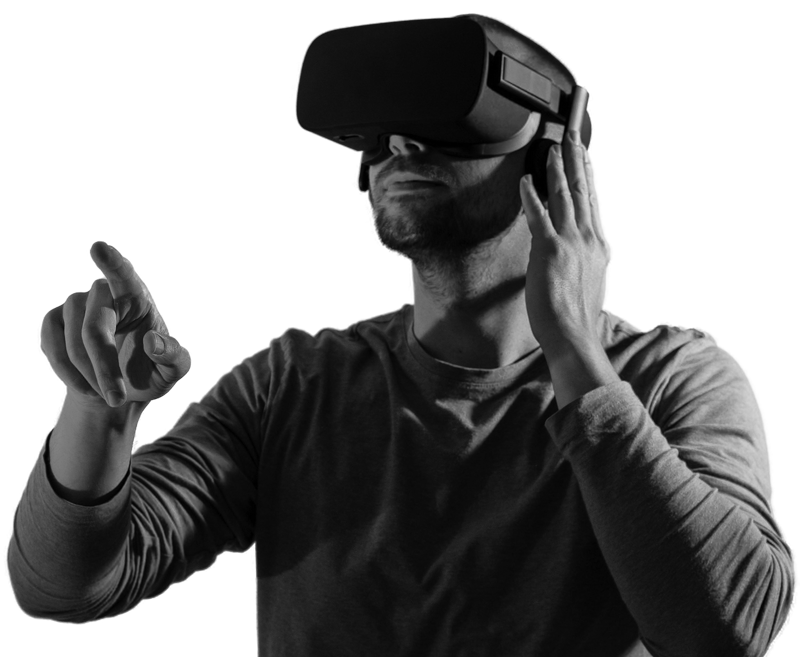In the world of teaching and learning, new and exciting technologies are coming up-front: augmented reality (AR) and virtual reality (VR). We know now that these aren’t just for video games or fun anymore: they are really starting to change the way students learn in the classroom. Imagine bringing lessons to life in a way that students can see and interact with right in front of them—that’s what AR does. It mixes real-world views with computer-generated images or information. VR goes a step further by putting students inside completely computer-generated environments, making them feel as if they’re actually there.
Educators are finding out (and practicing) how to use these tools to make learning more interesting and effective. These technologies can make complex subjects easier to understand by letting participants experience them directly. They can also make learning more fun and engaging, help learners do things that would be too costly or risky in real life, and support a hands-on approach to learning. Furthermore, they might even get more people interested in science and tech careers and help all learners, including those with special needs, to better understand and remember information.
It is amazing what some of these applications can do:
- Let learners dive into computer-generated worlds to learn lessons in a more interactive way.
- Help participants with special needs by making learning materials more accessible and engaging.
- Support creative projects, like designing 3D objects or exploring historical sites in a virtual tour.
- Encourage learners to solve problems and learn by doing, which is a great way to remember new information.
By using AR and VR, teachers can bring a new dimension to learning that wasn’t possible before. These technologies aren’t just about the wow factor; they’re about opening up new ways for learners to explore, understand, and connect with the world around them.
Here are some of the great examples:
-
Flipgrid uses QR codes for interactive experiences like book reviews, ideal for distancing and interactive displays.
-
zSpace offers a VR experience that deepens learners’ engagement with content through stylus interaction and lesson plan browsing.
-
Merge Cube transforms from a gaming device to an educational tool, enhancing learning for students with special needs through immersive experiences.
-
Big Bang AR, a free tool, animates science concepts for Android and iOS
-
Civilisations AR introduces historical artifacts into the real world, aiding in the exploration of different eras.
-
JFK Moonshot provides interactive learning experiences in space exploration and scene creation.
-
Immersive Reader aids students with vision impairments by customizing text and reading aloud.
-
Tinkercad allows the creation and exploration of 3D objects, fostering creativity and knowledge construction.
-
Adobe Aero enables iOS users to create AR content, perfect for storytelling or book-related presentations.
-
CoSpaces lets users craft their own VR worlds, encouraging creativity and active learning.
-
Thyng offers AR experiences by animating objects or adding interactive elements to the real world.
-
3D This adds a fun element with 3D avatars and faces, suitable for icebreaker activities.
-
QuiverVision brings coloring to life with 3D AR, engaging younger students.
We can see augmented reality and virtual reality are not just the latest tech trends anymore. They are becoming powerful tools that could transform education. Through blending of the digital and real worlds, AR and VR make learning more interactive, engaging and also fun as they offer new ways to understand complex topics, raise interest in science and technology and provide unique experiences that enhance learning for everyone.
As educators continue to explore and integrate AR and VR into our teaching, the potential for innovation in the classroom is limitless. With AR and VR, learning can go beyond traditional methods, opening up a world where learners can explore, create, and discover in ways never before possible.










